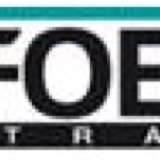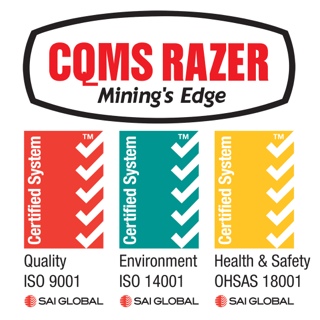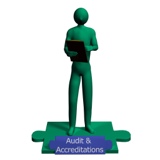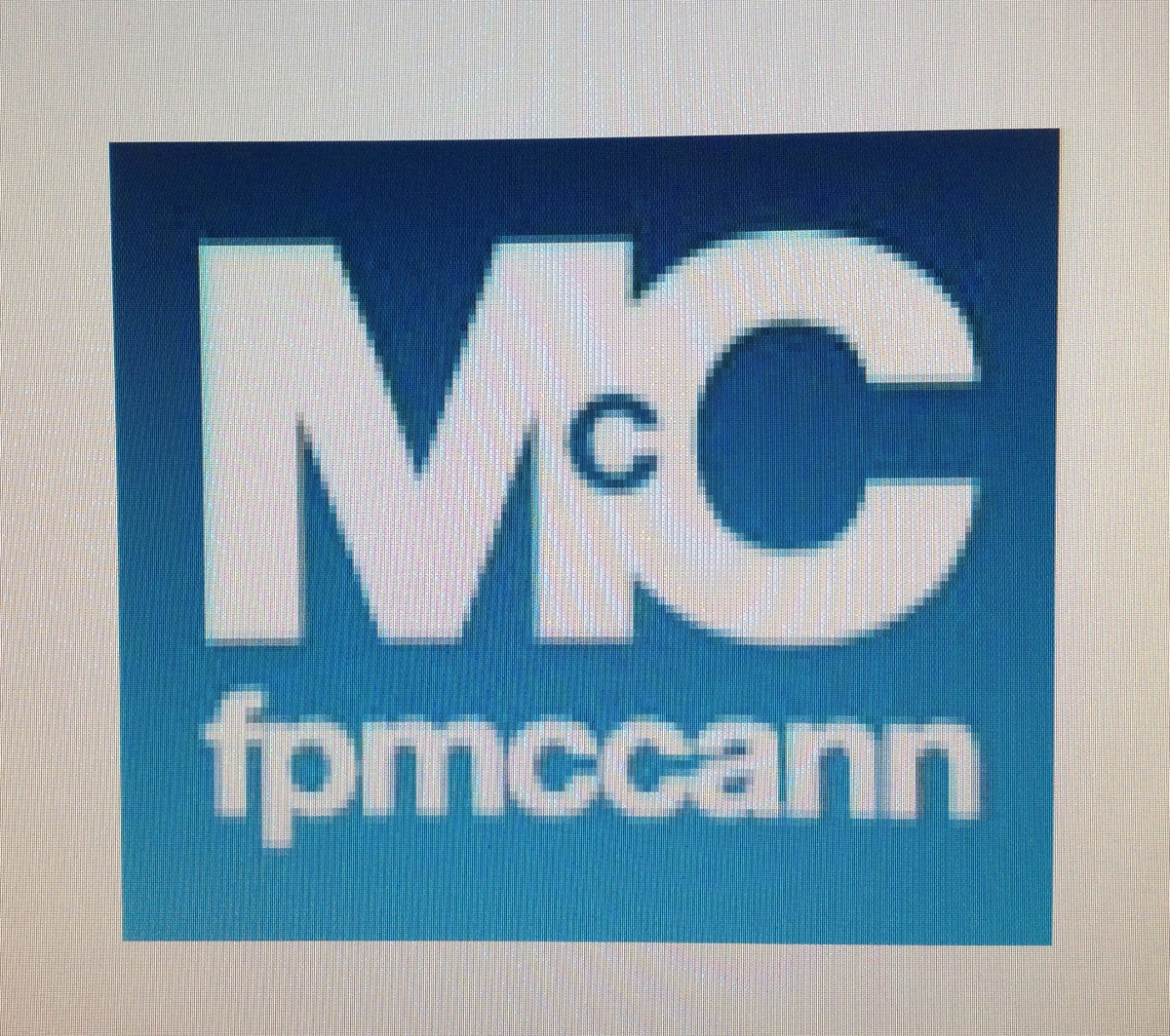Information
-
Document No.
-
Audit Title
-
Client / Site
-
Conducted on
-
Prepared by
-
Location
-
Personnel
Audit Preparation
-
Review corrective actions for previous IA findings
-
Review corrective actions for previous EA findings
-
Review corrective actions for any customer complaints
-
Review corrective actions for any customer audit findings
4.2.3 Control of Documents
-
Are all documents required by the quality management system controlled?<br>
-
Are records considered to be a special type of document?<br>
-
Are records controlled according to the requirements given in 4.2.4?<br>
-
Has a documented procedure been established to define the controls needed to approve documents for adequacy prior to issue?<br>
-
to review and update as necessary and re-approve documents?<br>
-
to ensure that changes and the current revision status of documents are identified?<br>
-
to ensure that relevant versions of applicable documents are available at points of use?<br>
-
to ensure that documents remain legible and readily identifiable?<br>
-
to ensure that documents of external origin determined by the organization to be necessary for the planning and operation of the quality management system are identified and their distribution controlled?<br>
-
to prevent the unintended use of obsolete documents, and to apply suitable identification to them if they are retained for any purpose?<br>
4.2.4 Control of Records
-
Have records been established to provide evidence of conformity to requirements and of the effective operation of the quality management system?<br>
-
Are they controlled?<br>
-
Has a documented procedure been established to define the controls needed for the identification of records?
-
Storage of records?<br>
-
Protection of records?<br>
-
Retrieval of records?<br>
-
retention time of records?<br>
-
disposition of records?<br>
-
Are records legible?<br>
-
Are records readily identifiable?<br>
-
Are records readily retrievable?<br>
5.1 Management Commitment
-
Does top management provide evidence of its commitment to the development and implementation of the quality management system?<br>
-
Does top management provide evidence of its commitment to continually improving the effectiveness of the quality management system by<br>communicating to the organization the importance of meeting customer as well as statutory and regulatory requirements?<br>
-
establishing the quality policy?<br>
-
ensuring that quality objectives are established?<br>
-
conducting management reviews?<br>
-
ensuring the availability of resources?<br>
5.2 Customer Focus
-
Does top management ensure that customer requirements are determined?<br>
-
Does top management ensure that customer requirements are met?<br>
-
Is this with the aim of enhancing customer satisfaction (see 7.2.1 and 8.2.1)?<br>
5.4.1 Quality Objectives
-
Does top management ensure that quality objectives, including those needed to meet requirements for product [see 7.1 a)], are established at relevant functions and levels within the organization. <br>
-
Are the quality objectives measurable?<br>
-
Are the quality objectives consistent with the quality policy?<br>
5.4.2 Quality Management System Planning
-
Does top management ensure that the planning of the quality management system is carried out in order to meet the requirements given in 4.1, as well as the quality objectives?<br>
-
the integrity of the quality management system is maintained when changes to the quality management system are planned and implemented?<br>
5.5.1 Responsibility and Authority
-
Does top management ensure that responsibilities and authorities are defined and communicated within the organization?<br>
5.5.2 Management Representative
-
Has top management appointed a member of its management
-
who, irrespective of other responsibilities, has responsibility and authority that includes ensuring that processes needed for the quality management system are established, implemented and maintained?<br>
-
reporting to top management on the performance of the quality management system and any need for improvement?<br>
-
ensuring the promotion of awareness of customer requirements throughout the organization?<br>
5.5.3 Internal Communication
-
Has top management ensured that appropriate communication processes are established within the organization?<br>
-
Has top management ensured that communication takes place regarding the effectiveness of the quality management system?<br>
5.6.1 Management Review - General
-
Does top management review the organization's quality management system, at planned intervals, to ensure its continuing suitability, adequacy and effectiveness?<br>
-
Does this review include assessing opportunities for improvement and the need for changes to the quality management system?<br>
-
Does this review include assessing opportunities for improvement and the need for changes to the quality policy and quality objectives?<br>
-
Have records from management reviews been maintained (see 4.2.4)?<br>
5.6.2 Review Input
-
Does the input to management review include information on results of audits?<br>
-
customer feedback?<br>
-
process performance and product conformity?<br>
-
status of preventive and corrective actions?<br>
-
follow-up actions from previous management reviews?<br>
-
changes that could affect the quality management system?<br>
-
recommendations for improvement?<br><br><br><br><br><br><br>
5.6.3 Review Output
-
Does the output from the management review include any decisions and actions related to improvement of the effectiveness of the quality management system and its processes?<br>
-
improvement of product related to customer requirements?<br>
-
resource needs?<br>
Signature
-
Auditor
-
Name
-
Auditee
-
Name












